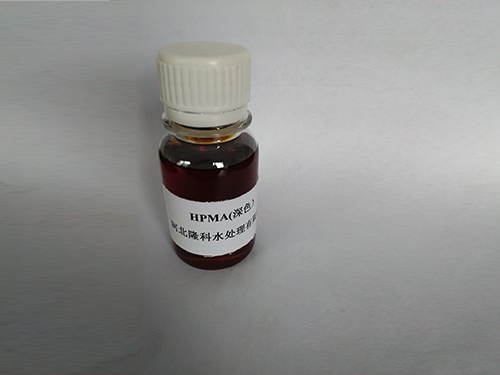isothiazolinone uses
The Versatile Uses of Isothiazolinones in Modern Industries
Isothiazolinones are a class of organic compounds that have gained significant attention due to their remarkable biocidal properties. These compounds, characterized by a five-membered ring containing both sulfur and nitrogen, are predominantly utilized as preservatives and biocides in various industries. Their effectiveness in inhibiting microbial growth has made them integral to products ranging from personal care items to industrial applications. In this article, we delve into the diverse applications of isothiazolinones, their benefits, and the considerations associated with their use.
Preservatives in Personal Care Products
One of the most common uses of isothiazolinones is as a preservative in personal care products such as lotions, shampoos, and cosmetics. Due to their ability to combat bacteria, fungi, and algae, these compounds help extend the shelf life of these items while ensuring safety for consumers. In a world where microbial contamination poses a constant threat to personal hygiene products, isothiazolinones serve as a reliable line of defense. Among the most popular members of this group are methylisothiazolinone (MIT) and chloromethylisothiazolinone (CMIT), which are often used in combination to enhance their antimicrobial effectiveness.
Despite their efficacy, the use of isothiazolinones in cosmetics has raised some safety concerns. Reports of allergic reactions and skin irritations have prompted regulatory bodies to evaluate their concentrations in formulations. This scrutiny has led to a push for more transparent labeling and safer alternatives, highlighting the delicate balance between efficacy and consumer safety.
Industrial Applications
Beyond personal care, isothiazolinones are extensively employed in industrial settings. They are commonly used as biocides in water treatment, helping to control the growth of harmful microorganisms in cooling towers, industrial water systems, and swimming pools. Their ability to inhibit biofilm formation is crucial in maintaining system efficiency and preventing equipment corrosion, ultimately leading to reduced maintenance costs.
Additionally, their antimicrobial properties make them suitable for use in paints, coatings, and adhesives. Isothiazolinones are often added to these products to prevent microbial growth, which can spoil the product or compromise its performance. This application is particularly important in environments prone to high humidity or where products are susceptible to biological degradation.
isothiazolinone uses

Wood Preservation and Other Applications
Isothiazolinones are also gaining traction in the field of wood preservation. Wood is susceptible to decay caused by fungi and insects, and the use of biocides like isothiazolinones can enhance the longevity of wooden structures and furniture. By protecting against biological attack, these compounds help to maintain the aesthetic and structural integrity of wood products over time.
Furthermore, these compounds have found uses in the textile industry, where they help prevent the growth of mold and mildew on fabrics. In the agricultural sector, isothiazolinones serve as effective fungicides to protect crops from various pathogens, promoting healthier growth and improving yields.
Environmental and Regulatory Considerations
As with many chemical agents, the environmental impact of isothiazolinones cannot be overlooked. Concerns about their potential toxicity to aquatic life have led to increased regulatory scrutiny. Manufacturers are encouraged to explore safer alternatives and develop formulations that minimize environmental risks. In some regions, regulations limit the allowable concentrations of isothiazolinones in products to mitigate any negative effects on ecosystems.
Conclusion
In summary, isothiazolinones play a pivotal role in a myriad of applications across various industries, thanks to their effective antimicrobial properties. From personal care products to wood preservation and industrial applications, they are invaluable in maintaining product integrity and safety. However, with their use comes a responsibility to ensure safety and environmental protection. As consumer awareness grows and regulations evolve, the future of isothiazolinones may see changes, prompting the need for ongoing research into safer and more sustainable alternatives. Balancing efficacy with safety remains crucial in harnessing the benefits of these powerful compounds while protecting public health and the environment.
-
lk-319-special-scale-and-corrosion-inhibitor-for-steel-plants-advanced-solutions-for-industrial-water-systemsNewsAug.22,2025
-
flocculant-water-treatment-essential-chemical-solutions-for-purification-processesNewsAug.22,2025
-
isothiazolinones-versatile-microbial-control-agents-for-industrial-and-consumer-applicationsNewsAug.22,2025
-
scale-inhibitor-key-solutions-for-water-system-scale-preventionNewsAug.22,2025
-
organophosphonates-versatile-scale-inhibitors-for-industrial-water-systemsNewsAug.22,2025
-
scale-and-corrosion-inhibitor-essential-chemical-solutions-for-water-system-maintenanceNewsAug.22,2025





